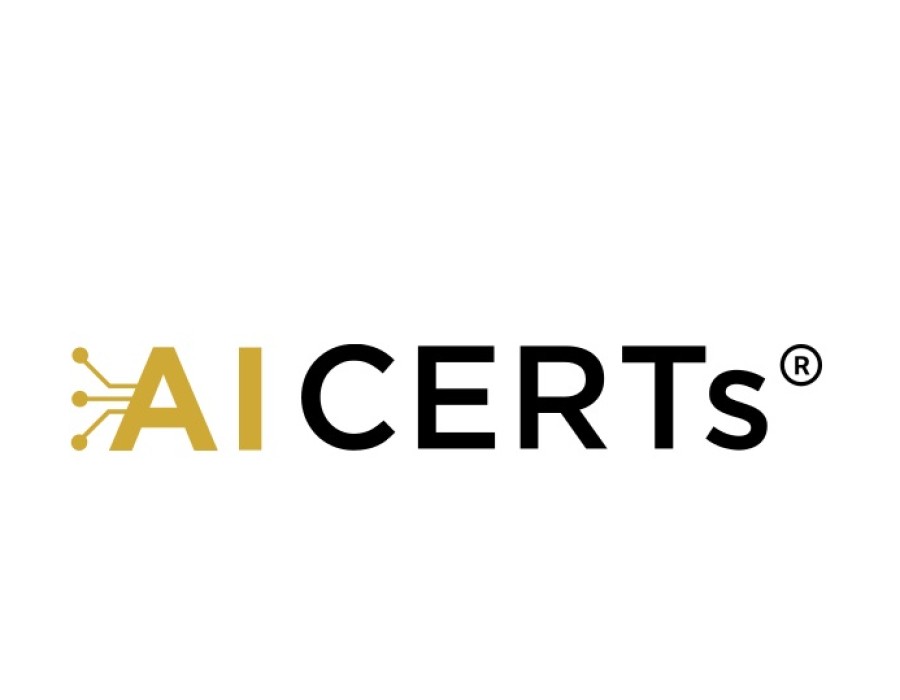As digital transformation accelerates, cybersecurity compliance is evolving faster than ever. By 2026, organizations will face a landscape where cyber threats are more sophisticated, regulations are stricter, and AI-driven technologies play a central role in maintaining security. Compliance will no longer be a static checklist; it will require continuous monitoring, adaptive strategies, and integration of intelligent tools that anticipate risks before they escalate.
Businesses will increasingly rely on AI to enhance security measures. Traditional manual audits and rule-based systems will be supplemented—or even replaced—by automated AI-driven compliance solutions capable of detecting anomalies in real time. In this environment, professionals with AI security standards certification will be highly valued, as they understand how to implement and maintain AI-aligned security protocols while ensuring adherence to evolving regulatory frameworks.
The Growing Role of AI in Compliance
The adoption of AI in cybersecurity introduces both opportunities and responsibilities. AI systems can analyze massive datasets, identify threats, and respond autonomously to incidents, significantly reducing response times and human error. However, these systems must themselves comply with regulations to prevent misuse, bias, or unintended consequences. Organizations that invest in training and certifying personnel in AI security will be better prepared for regulatory scrutiny. Programs that enable individuals to become an AI security compliance expert are emerging as essential for organizations aiming to lead in this AI-driven environment.
AI Security Compliance is set to become a board-level concern. Executives must understand how AI systems impact data governance, privacy, and ethical standards. Leadership that comprehends AI risks ensures that compliance is integrated into corporate strategy, rather than being treated as a mere operational task. Companies that fail to prioritize AI compliance risk financial penalties, reputational damage, and operational disruption.
Emerging Frameworks and Standards
By 2026, cybersecurity compliance frameworks will incorporate AI-specific standards. Regulators are expected to formalize guidelines addressing transparency, accountability, and resilience of AI systems. Adaptive frameworks will combine continuous monitoring, automated reporting, and dynamic risk scoring to ensure compliance at all times. Organizations that embrace these standards early will have a competitive advantage, demonstrating both technical proficiency and ethical responsibility.
In parallel, workforce development will play a critical role. Enrolling in an ai cybersecurity skills program equips IT and security professionals with practical expertise to implement AI-compliant solutions effectively. These programs cover risk assessment, AI auditing, threat detection, and integration with enterprise governance, ensuring that organizations have the skilled personnel necessary to sustain compliance in an increasingly automated and complex digital ecosystem.
Challenges and Strategic Imperatives
Despite advancements, the race for AI-aligned cybersecurity compliance comes with challenges. AI systems must be resilient to attacks, transparent in decision-making, and capable of supporting regulatory audits. Organizations will need to invest in continuous learning, adaptive policies, and cross-functional teams to stay ahead of evolving threats.
Moreover, aligning AI operations with global cybersecurity regulations will require collaboration between technology teams, compliance officers, and executives. Companies that proactively adopt AI-compliant solutions and certify their teams will not only avoid penalties but also foster trust with clients, partners, and regulators.
Regulation will shift from patchwork to practical enforcement
2024–25 saw the EU AI Act move from draft to law, and regulators worldwide sharpening attention on AI transparency and risk classifications. In 2026, expect authorities to move from framework-making to enforcement and clearer implementation guidance. This means organizations must document model provenance, risk assessments, and vendor due diligence as part of standard compliance workflows. The EU Act’s timelines and clarifications in 2025 set the stage for actionable obligations against which auditors will evaluate systems.
Practical effect: compliance teams will have to operationalize policies into engineering checklists, continuous evidence collection, and audit-ready artifacts rather than occasional whitepapers. That’s why AI security standards certification and formal training around AI risk frameworks will become table stakes.
Conclusion
The future of cybersecurity compliance in 2026 will be shaped by AI, adaptive frameworks, and skilled professionals who can bridge technology and regulation. Organizations that embrace proactive strategies, integrate AI into compliance programs, and cultivate expertise will thrive in an increasingly complex digital world. The next era of compliance is about resilience, foresight, and operational excellence rather than mere adherence to rules.




.jpg)

Comments